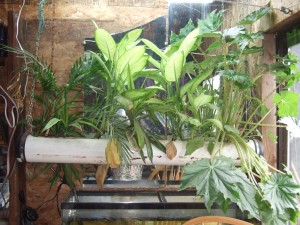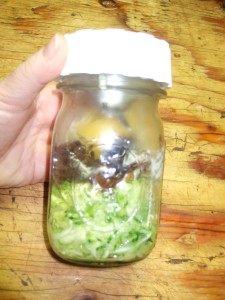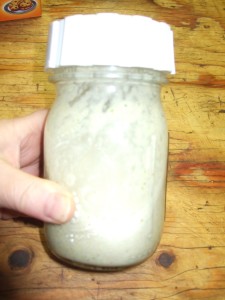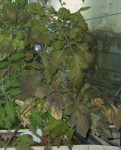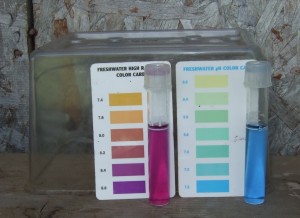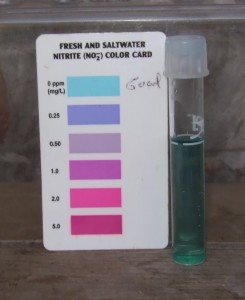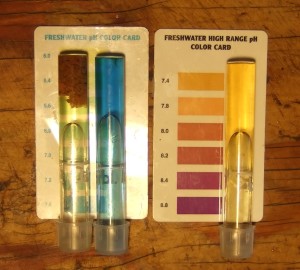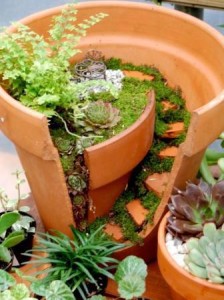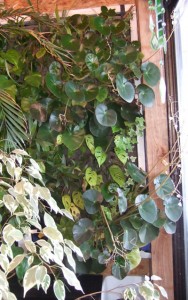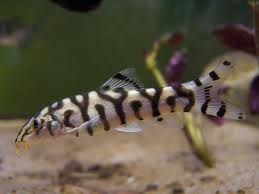I’ve been working on plans for my plant wall; sourcing materials, working through ideas, thinking through what will work and what won’t.
I’ve got the room reorganized with crafts and knitting shelves moved, my desk and sewing/craft table resituated to maximize wall space for new plant wall. I’m ready. My plans, however, aren’t. There are pesky little things outstanding.
- I’ve sourced the expanded PVC sheet needed for the back of the plant wall. The manufacturer has a plant mere minutes away from our son’s home. The snag . . . they don’t do will call. They *must* ship. We’re going to have to work through this issue.
- How are we going to hang the plant wall so the supports don’t provide a potential path to the wall for water wicking.
- How am I going to get an accurate enough cut of the 6″ pvc pipe to glue the 1/3 circumference pipe frame to the expanded pvc and get an absolutely perfect water tight seal with perfect mitered corners.
- I still haven’t sourced the variety of stainless steel screws to fasten the pvc sheet to the plywood back and the felt to the expanded pvc back. This is probably the most minor issue we have.
Wadly came up with a brilliant idea for hanging the plant wall. For those of you who haven’t been in my living/bedroom, I’ve got two places where I spend my time, at my desk and in my knitting nest. The knitting nest is a hammock chair suspended from a heavy logging chain which runs from one side of the room to the other. It swivels, it swings, it’s just what I need for extended stretches of knitting. The chain is held up by big eye bolts which go through the wall. It’s plenty heavy duty. In one of the moves it was easier to install a new eye bolt than move one from the previous location. So, I have this beautiful shiny eyebolt sticking out of the wall just to the left of where my plant wall will live. Wadly suggested installing a second eye bolt and run a rod through the pair to hang the plant wall. THIS IS BRILLIANT! It keeps the plant wall off the wall, gives us the ability to move/remove/maintain the wall without having to undo/unscrew anything! Absolutely brilliant! All that’s needed is two standoff legs at the bottom to keep it off the wall. Plan!


